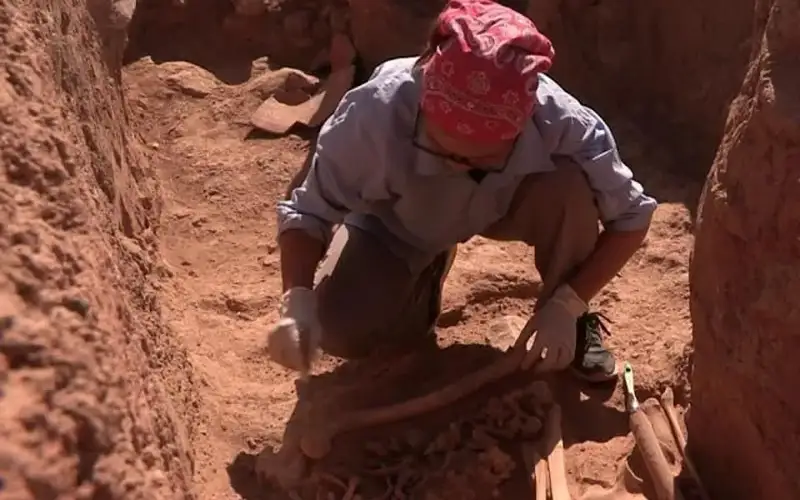Egypt announces new archaeological discovery in Sharqiya
Egypt on Saturday announced a new archaeological discovery in the El-Husseiniya district of Sharqiya Governorate, north of Cairo, dating back to the 4th century BC, Xinhua reports.

Excavations at the Tell El-Faraoon site revealed residential structures believed to date to the early or mid-4th century BC. Among them were "tower houses" -- multi-story dwellings characterized by thick foundational walls, likely constructed to accommodate large populations, according to Secretary-General of the Supreme Council of Antiquities, Mohamed Ismail Khaled.
He noted that such houses were common across the Nile Delta from Egypt's Late Period through the Roman era. Additional structures uncovered at the site include buildings used for practical purposes, such as grain storage and animal shelters.
In the temple area, archaeologists uncovered a large limestone floor and the remains of two massive mudbrick columns, which were likely once coated in plaster. These elements are thought to be part of a structure built along the processional route that once connected a Late Period pylon to the temple of Wadjet. Evidence suggests the processional way was abandoned by the mid-Ptolemaic period.
The temple of Wadjet was rebuilt during the reign of King Ramses II and again under King Ahmose II.
The discovery was made by a British archaeological mission from the University of Manchester.
To note, archaeologists have uncovered over 100 Palaeolithic sites in Weinan, northwest China’s Shaanxi Province, confirming that human presence in the region stretches back at least 600,000 years.
